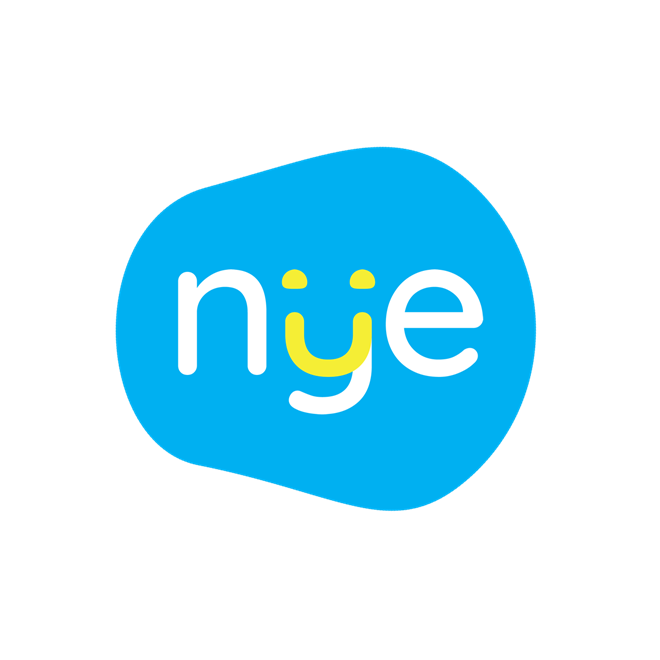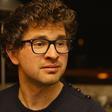Our understanding of what GPs would need in order to work in this new covid reality enabled us to build a browser based telephone and video phone system called the Nye Phone. Writes Dr Alexander Finlayson.
Written by

For everyone working on the frontlines of healthcare, the last two months have been surreal, terrifying and heartbreakingly moving.
For GPs like myself, my experience of the crisis has unfolded in two phases. The first saw patient access to surgeries reduced as we fought to stop the spread of infections. The second phase has seen myself and colleagues forced to stay home too. As we’ve displayed symptoms, or had to self-isolate due to family illness, our ability to offer continuity of care has been disrupted.
The government has now made a brilliant proposal to tool up the entire health workforce with the improved connectivity to work from home or remotely. Foreseeing this massive disruption to the vital provision of primary care and secondary care, we redeployed our wonderful team of scientists, engineers and healthcare professionals and have built and scaled a simple tech tool designed to enable large scale redistribution of the health workforce.
It’s a browser based telephone and video phone system called the Nye Phone - named after Nye Bevan.
Our understanding of what GPs would need in order to work in this new reality enabled us to build this NHS-compliant and globally scalable way for them, all well as nurses and hospital doctors, to care for patients who were at home as well as work remotely themselves.
The software, which works on any device, is simple and free for all NHS clinical staff to use. It opens in your browser on your computer, or on your mobile device, and protects any personal information such as phone numbers. It means doctors can still see their patients, and patients can be safely treated at home. It enables any NHS worker to care from wherever they happen to be, whatever happens to be needed.
Over recent weeks I’ve been in lockdown in Edinburgh, holding my appointments with patients in Oxford via the Nye Phone. My colleagues, plus hundreds of other GP, GP surgeries and hospital departments across the UK, have also embraced the technology. This network of incredible healthcare professionals means we are now covering 10 million patients.
We want to make sure we can offer each of them the reliable, local support they have always known. The need to protect these links and preserve compassionate, community-based care has never felt more acute. That’s why the Nye Phone is more than just a tool that can be used for remote appointments. It’s helping protect the vital network of community-based relationships that make up our world-leading primary care provision.
We’ve also seen the Nye technology deployed in acute settings. With many patients in ICU without access to a smartphone, (particularly common amongst older patients), doctors and nurses have been using the Nye Phone to enable them to video call with their loved ones. With all personal information protected, a clinician’s phone or a shared device can be securely used; making sure all patients can speak to their relatives at a time when visiting is severely restricted.
We commend all efforts that are ensuring our NHS workforce is armed with the tools they need, whatever they need them for. We are playing a small role in helping healthcare professionals continue to provide essential care to their communities when it can’t be delivered face to face, and helping create vital connections at a time of critical need.
You can follow our updates @meetnye on Twitter, or if you work for the NHS you can register at meet.nye.health




























